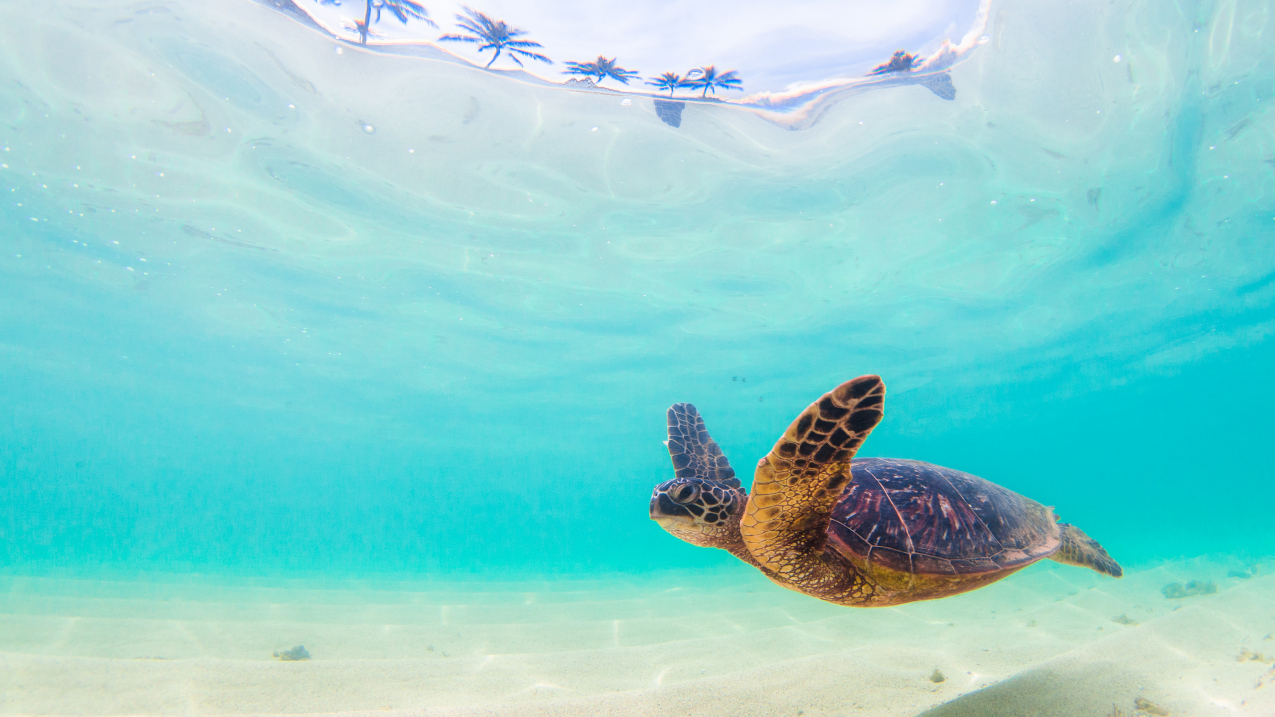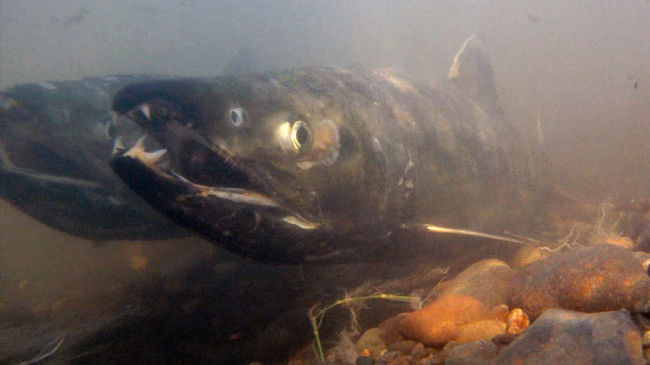
Hawaiian green sea turtle. (Image credit: istock)
Sea turtles spend the majority of their lives in the ocean, often far from shore, which makes them difficult for scientists to study. During NOAA’s Sea Turtle Week, June 13-17, discover more about these fascinating creatures who have been around since the dinosaurs.
NOAA Fisheries protects and conserves six species of sea turtles found in U.S. waters, ranging from the smallest (Kemp’s ridley) to the largest (leatherback). To unravel the mysteries of sea turtles, scientists use tools like genetics and satellite-tracking to gather clues about their movements, habitats and populations.
Turtle genetics could hold the key to survival
A hatchling’s DNA can be used to trace the ancestry of specific nesting populations, says NOAA Fisheries scientist Peter Dutton. Building a turtle’s family tree helps scientists better understand breeding patterns, reproductive success, survival rates and the ratio of males to females — leading to better assessments of the status of sea turtle populations.
Want to know more? Ask scientist Peter Dutton your questions about sea turtle genetics during a live Reddit Science “Ask Me Anything” chat on World Sea Turtle Day, June 16.
The last of the leatherbacks?
The Pacific leatherback is a NOAA “Species in the Spotlight” and one of the most endangered sea turtles in the world, with populations declining by more than 90 percent in recent decades. Leatherbacks are the largest sea turtle on earth, and can weigh up to 2,000 pounds — the size of a small car! The largest remaining population nests on beaches on the other side of the world in Papua-Barat, Indonesia.
Some of the leatherbacks that hatch in Papua later show up off the U.S. West Coast. NOAA Fisheries is working in partnership with other countries across the Pacific to protect leatherbacks at home and abroad. Meet a NOAA scientist working to save Pacific leatherback sea turtles.
Critically low populations of Pacific Leatherback sea turtles have put them in the spotlight for increased aid and attention. These sea turtles suffer from many threats, such as getting caught in fishing nets, over-harvesting of eggs and destruction of nests by animals. Find out what NOAA is doing and what you can do to help recover these endangered populations. (NOAA Fisheries)
Sea turtle hotspot
The Southeast U.S. is prime habitat for sea turtles — see how scientists monitor them along the west coast of Florida in this video. The data they collect helps scientists track which sea turtles are returning to the same habitat and how their populations are doing — information that helps NOAA Fisheries make sound management and conservation decisions for sea turtle populations.
Five species of sea turtles are found in Florida’s waters and all are listed as threatened or endangered. In this video, join Fisheries biologists off the Gulf Coast of Florida as they conduct in-water research and monitoring of green, Kemp's Ridley, and loggerhead sea turtles to determine population trends and habitat use. For more visit, http://www.nmfs.noaa.gov/stories/2016/06/florida-sea-turtle-study-video.html. (NOAA Fisheries)
Join the sea turtle celebration! Check out more turtle features, and visit NOAA Fisheries online on Facebook, Twitter, and Instagram. We’re using the hashtag #SeaTurtleWeek.



